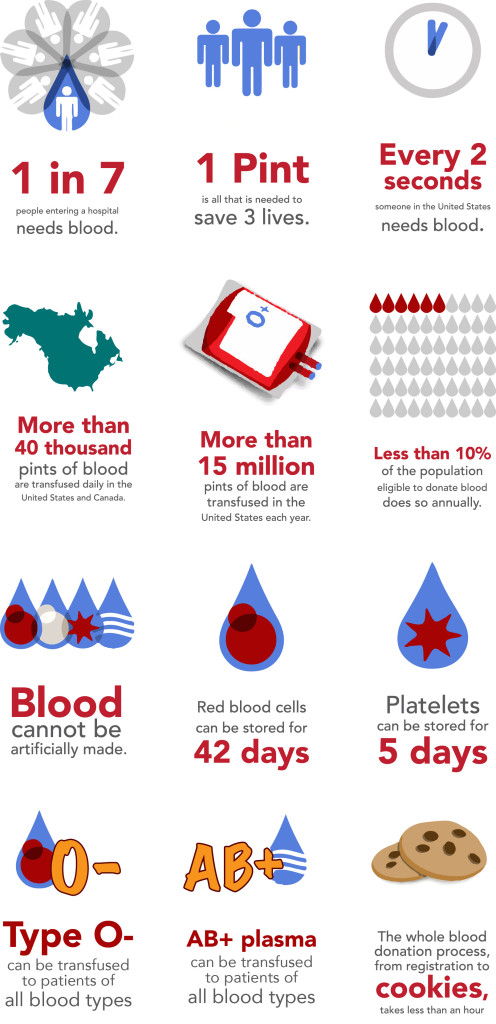 Over the weekend Dr. Castillo participated in Tour de Hero, an annual bike race established to raise awareness and recruit blood donors in Arizona leading into the holiday season.
Over the weekend Dr. Castillo participated in Tour de Hero, an annual bike race established to raise awareness and recruit blood donors in Arizona leading into the holiday season.
The Tour de Hero bike ride was established to raise awareness and recruit blood donors for Arizona patients leading into the holiday season. Ask your friends, family and co-workers to donate between Nov. 1 and Jan. 10 at a United Blood Services donor center. You may also donate on your own behalf, as well as secure sponsors to give monetary donations to support United Blood Services’ donor recruitment efforts. In appreciation for blood donors and sponsors, riders receive discounted Tour de Hero rider fees and earn one ticket for great raffle prizes for each donor recruited. Simply download the Donor Sponsor Card with all the details.
Blood circulates in our blood vessels, i.e. veins and arteries. Blood’s main function is acting as the body’s transport system, but also has a major role in the defense against infections. Blood is made up of three components red blood cells, platelets, and plasma. Red blood cells carry oxygen to the body’s organs and tissue. Platelets are small blood cells, which initiate blood clotting, and control bleeding. Plasma is a pale yellow mixture of water, salts and proteins; plasma is 90 percent water and makes up 55 percent of blood volume. There is no substitute for blood; it cannot be made or manufactured. Donating blood is the only source for patients needing it.
Some facts about blood from the American Red Cross:
- More than 41,000 donations are needed every day
- The average red blood cell transfusion is approximately 3 pints
- Type O is the most requested blood type by hospitals
- 7 million blood donations are collected in the U.S. a year
- 2 million people donate blood
- Type O negative blood can be transfused to patients of all blood types, often in short supply
- Type AB positive plasma can be transfused to patients of all other blood types, also usually in short supply
Facts about donating from the American Red Cross:
- Donating blood is safe. A sterile needle is used only once for each donor then discarded
- Every donor is given a mini-physical to ensure it is safe for the donor to give blood
- The average adult has about 10 pints of blood in their body. About 1 pint is given during donation.
- A healthy donor can donate red blood cells every 56 days
- A healthy donor can donate platelets as few as every 7 days, but a maximum of 24 times a year
- All blood donated is tested for HIV, hepatitis B and C, syphilis and other infectious diseases before it can be released to hospitals.
Receiving blood is safer than it ever before, blood centers follow five layers of safety procedures: blood donor eligibility standards, individual screening, laboratory testing, confidential exclusion of donations, and donor record checks. Working closing with government agencies and other agencies, blood centers enhance blood donation screening practices, increase disease testing, improve computer-tracking systems, and ensure good manufacturing practices. You cannot get AIDS or any other blood disease by donating blood. Approximately 12 tests are performed on every unit of blood donated, many of which are specifically for infectious diseases.
 Skip to content
Skip to content

